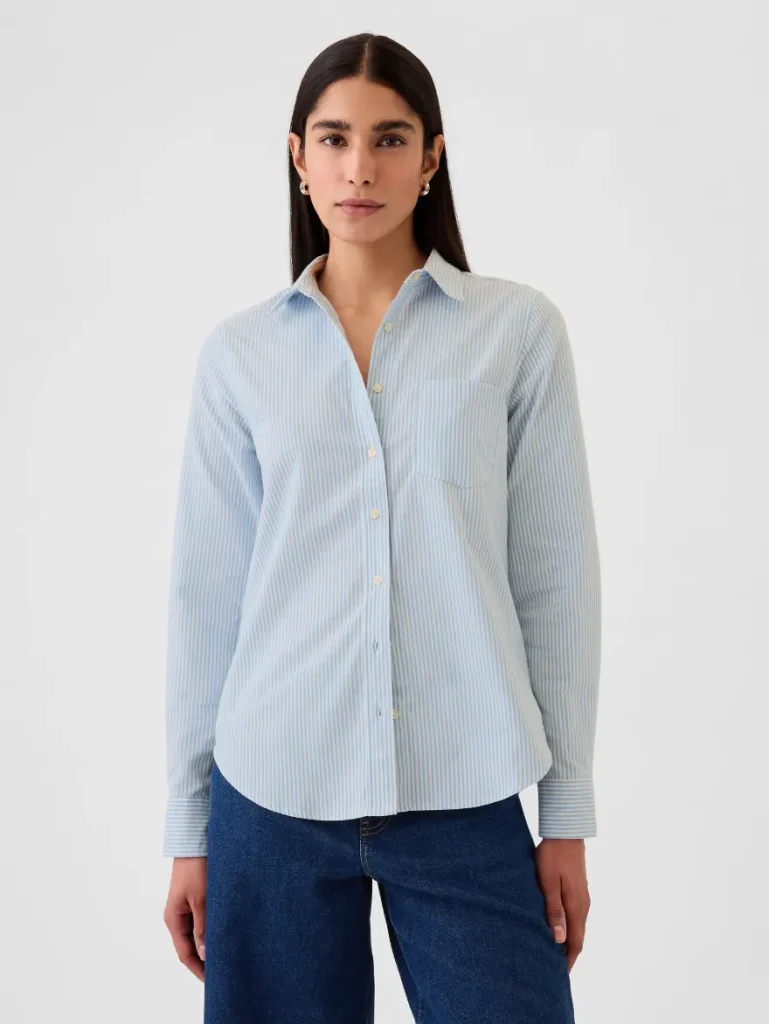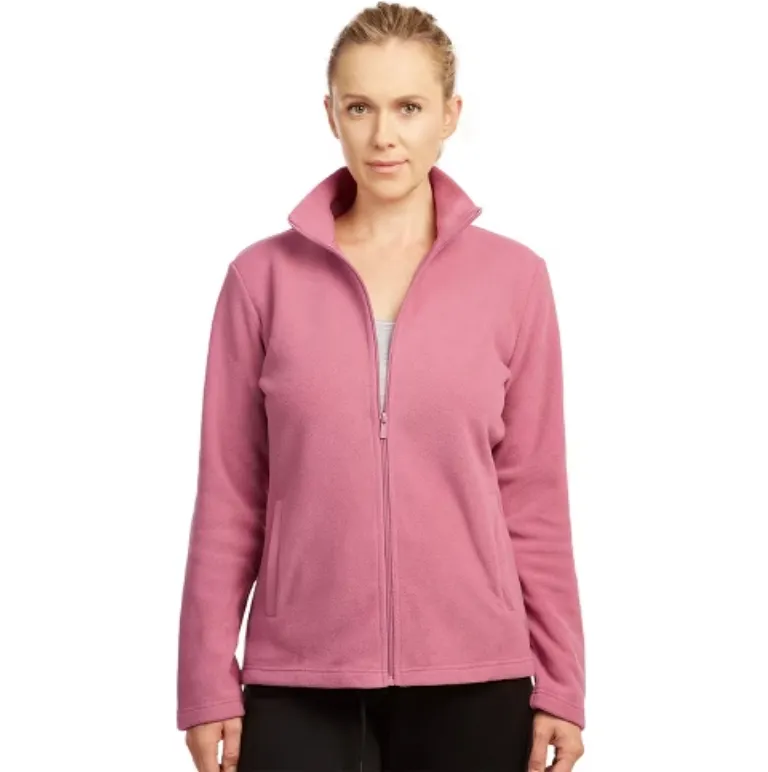
Are your wardrobe choices affecting your health and comfort? Believe it or not, the type of fabric you wear and when you wear it can make a big difference. Let’s explore the health benefits of wearing cotton fabrics and synthetic ones and why choosing the right fabric could be a game-changer for your skin and overall well-being.
Let’s compare the benefits of cotton and synthetic fabrics and learn when to wear cotton clothes and when synthetic fabrics are better for your comfort and health.
Ready to make smarter wardrobe decisions? Let’s get started!
Cotton vs Synthetic Fabric
Not all fabrics suit every situation! While cotton is a natural option for many occasions, synthetic fabrics have their place, too—especially for athletic wear or wet conditions.
Each fabric has its own set of benefits and ideal uses. While cotton is a natural, breathable, and skin-friendly material, synthetic fabrics like polyester, nylon, and spandex excel in specific workouts and wet weather scenarios.
How do you decide what to wear and when? Let’s look at each fabric’s benefits, allowing you to choose wisely for your comfort and activity level.
When is it optimal to wear cotton clothes?
 Cotton is your go-to choice for summer days or tropical climates. Its breathability allows air to circulate, helping your body stay cool. Cotton also absorbs moisture, making it ideal for beating the heat.
Cotton is your go-to choice for summer days or tropical climates. Its breathability allows air to circulate, helping your body stay cool. Cotton also absorbs moisture, making it ideal for beating the heat.
If you have sensitive or allergy-prone skin, cotton is the safest choice. It’s hypoallergenic,non-irritating, and free from harsh chemicals often found in synthetic fabrics.
Nothing beats the softness of cotton for daily wear. Whether you’re working from home, running errands, or just lounging, cotton’s natural texture keeps you comfortable.
If you’re an environmentally-conscious shopper, cotton is a better option. Opting for organic cotton reduces your carbon footprint and supports sustainable farming practices. On the other hand, when is it smart to choose synthetic fabrics to maintain your comfort and activity level?
When is it optimal to wear synthetic clothes?

When it comes to performance, synthetic fabrics like polyester, spandex, and nylon outshine cotton. These materials are designed to wick moisture away from the body, keeping you dry during intense physical activities.
Synthetic fabrics are often water-resistant or quick-drying, making them ideal for rainy weather or aquatic activities. Cotton, in contrast, absorbs water and takes longer to dry.
Synthetics like fleece and thermal blends trap heat better than cotton, making them excellent for layering in colder climates. Cotton, while comfortable, doesn’t retain warmth when wet.
Synthetics are a practical choice for clothing that can withstand wear and tear or resist stains. Polyester, for instance, is highly durable and easy to clean.
Choosing The Right Fabric For You
When choosing between cotton and synthetic fabrics, keep the following in mind:
Activity Level:
Are you lounging, working out, or heading to a formal event? Cotton is ideal for relaxed activities, while synthetic fabrics are great for active or outdoor situations.
Weather Conditions:
Hot and humid? Opt for cotton. Rainy or snowy? Synthetics are your friend.
Skin Sensitivity:
Avoid synthetic fabrics and stick to natural cotton if you’re prone to allergies or rashes.
Sustainability:
If the environment is a concern, go for organic or sustainably-produced cotton.
Choosing the right fabric is all about knowing what suits the occasion. Cotton is a natural, breathable, and skin-friendly option for casual, everyday wear and hot weather. On the flip side, synthetic fabrics shine in performance scenarios like workouts, wet conditions, or layering for cold weather.
By understanding the strengths and weaknesses of each fabric, you can make smarter wardrobe decisions that keep you comfortable, stylish, and healthy. Here’s to choosing wisely to suit your health and enhance your activities by wearing the right fabric for the right occasion.
Ready to give your wardrobe a healthful makeover?


